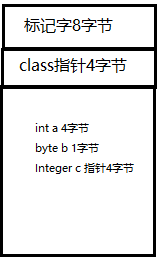启动没有在AndroidManifest中声明的插件Activity
在前一篇文章中,我们已经可以在宿主中启动一个插件中的Activity了,但该Activity 必须在宿主的AndroidManifest文件中声明,否则会抛出ActivityNotFound异常。
我们需要做的是欺上瞒下的做法,也就是在AMS的startActivity方法中借助在宿主App的AndroidManifest.xml文件中声明的StubActivity,来临时替换掉真正要启动的插件Activity,然后在ActivityThread的Handler的事件中把StubActivity再换回插件Activity。
public class AMSHookHelper {
public static final String EXTRA_TARGET_INTENT = "extra_target_intent";
/**
* Hook AMS
* 主要完成的操作是 "把真正要启动的Activity临时替换为在AndroidManifest.xml中声明的替身Activity",进而骗过AMS
*/
public static void hookAMS() throws ClassNotFoundException,
NoSuchMethodException, InvocationTargetException,
IllegalAccessException, NoSuchFieldException {
// 获取AMN的gDefault对象实例
Object singletonObject = null;
if(Build.VERSION.SDK_INT >= Build.VERSION_CODES.P){
singletonObject = RefInvoke.getStaticFieldObject("android.app.ActivityTaskManager","IActivityTaskManagerSingleton");
}else if(Build.VERSION.SDK_INT >= Build.VERSION_CODES.O){
singletonObject = RefInvoke.getStaticFieldObject("android.app.ActivityTaskManager","IActivityManagerSingleton");
}else{
// 获取AMN的gDefault单例,gDefault是final静态的
singletonObject = RefInvoke.getStaticFieldObject("android.app.ActivityManagerNative","gDefault");
}
// singletonObject 是一个 android.util.Singleton<T>对象; 我们取出这个单例里面的mInstance字段
Object mInstance = RefInvoke.getFieldObject("android.util.Singleton", singletonObject, "mInstance");
// 创建一个这个对象的代理对象MockClass1, 然后替换这个字段, 让我们的代理对象帮忙干活
Class<?> activityManagerInterface;
if(Build.VERSION.SDK_INT >= Build.VERSION_CODES.P){
activityManagerInterface = Class.forName("android.app.IActivityTaskManager");
}else {
activityManagerInterface = Class.forName("android.app.IActivityManager");
}
Object proxy = Proxy.newProxyInstance(
Thread.currentThread().getContextClassLoader(),
new Class[]{ activityManagerInterface },
new AMSProxy(mInstance));
RefInvoke.setFieldObject("android.util.Singleton", singletonObject, "mInstance",proxy);
}
/**
* 由于之前我们用替身欺骗了AMS; 现在我们要换回我们真正需要启动的Activity
* 不然就真的启动替身了, 狸猫换太子...
* 到最终要启动Activity的时候,会交给ActivityThread 的一个内部类叫做 H 来完成
* H 会完成这个消息转发; 最终调用它的callback
*/
public static void hookActivityThread() throws Exception {
// 先获取到当前的ActivityThread对象
Object currentActivityThread = RefInvoke.getStaticFieldObject("android.app.ActivityThread", "sCurrentActivityThread");
// 由于ActivityThread一个进程只有一个,我们获取这个对象的mH
Handler mH = (Handler) RefInvoke.getFieldObject(currentActivityThread, "mH");
//把Handler的mCallback字段,替换为new MockClass2(mH)
RefInvoke.setFieldObject(Handler.class,
mH, "mCallback", new HandlerProxy(mH));
}
}
AMSProxy类如下:
class AMSProxy implements InvocationHandler {
private static final String TAG = "MockClass1";
private static final String stubPackage = "jianqiang.com.hostapp";
Object mBase;
public AMSProxy(Object base) {
mBase = base;
}
@Override
public Object invoke(Object proxy, Method method, Object[] args) throws Throwable {
Log.e(TAG, method.getName());
if ("startActivity".equals(method.getName())) {
// 只拦截这个方法
// 替换参数, 任你所为;甚至替换原始Activity启动别的Activity偷梁换柱
// 找到参数里面的第一个Intent 对象
Intent raw;
int index = 0;
for (int i = 0; i < args.length; i++) {
if (args[i] instanceof Intent) {
index = i;
break;
}
}
raw = (Intent) args[index];
Intent newIntent = new Intent();
// 这里我们把启动的Activity临时替换为 StubActivity
ComponentName componentName = new ComponentName(stubPackage, StubActivity.class.getName());
newIntent.setComponent(componentName);
// 把我们原始要启动的TargetActivity先存起来
newIntent.putExtra(AMSHookHelper.EXTRA_TARGET_INTENT, raw);
// 替换掉Intent, 达到欺骗AMS的目的
args[index] = newIntent;
Log.d(TAG, "hook success");
return method.invoke(mBase, args);
}
return method.invoke(mBase, args);
}
}
HandlerProxy类如下:
class HandlerProxy implements Handler.Callback {
Handler mBase;
public HandlerProxy(Handler base) {
mBase = base;
}
@Override
public boolean handleMessage(Message msg) {
switch (msg.what) {
// ActivityThread里面 "LAUNCH_ACTIVITY" 这个字段的值是100
// 本来使用反射的方式获取最好, 这里为了简便直接使用硬编码
case 100: //for API 28以下
handleLaunchActivity(msg);
break;
case 159: // //for API 28以上
handleActivity(msg);
break;
}
mBase.handleMessage(msg);
return true;
}
private void handleActivity(Message msg) {
// 这里简单起见,直接取出TargetActivity;
Object obj = msg.obj; // ClientTransaction对象
List<Object> mActivityCallbacks = (List<Object>) RefInvoke.getFieldObject(obj, "mActivityCallbacks");
if(mActivityCallbacks.size() > 0) {
String className = "android.app.servertransaction.LaunchActivityItem";
if(mActivityCallbacks.get(0).getClass().getCanonicalName().equals(className)) {
// 找到LaunchActivityItem
Object object = mActivityCallbacks.get(0);
// 找到传递过来的intent
Intent intent = (Intent) RefInvoke.getFieldObject(object, "mIntent");
Intent target = intent.getParcelableExtra(AMSHookHelper.EXTRA_TARGET_INTENT);
intent.setComponent(target.getComponent());
}
}
}
private void handleLaunchActivity(Message msg) {
// 取出TargetActivity
Object obj = msg.obj; // ActivityClientRecord
// 把替身恢复成真身,拿到 ActivityClientRecord 中的intent
Intent raw = (Intent) RefInvoke.getFieldObject(obj,"intent");
Intent target = raw.getParcelableExtra(AMSHookHelper.EXTRA_TARGET_INTENT);
raw.setComponent(target.getComponent());
}
}
这样就可以正常启动一个没有在AndroidManifest.xml中声明的Activity了。
启动没有在AndroidManifest中声明的插件Service
ActivityThread最终是通过Instrumentation启动一个Activity的。而ActivityThread启动Service并不借助于Instrumentation,而是直接把Service反射出来就启动了。Instrumentation只给Activity提供服务
startService的解决方案
1. 在宿主App中声明几个占位Service,数量和插件中的Service相同
<?xml version="1.0" encoding="utf-8"?>
<manifest xmlns:android="http://schemas.android.com/apk/res/android"
package="jianqiang.com.hostapp">
...
<application
android:name=".MyApplication"
android:allowBackup="true"
android:icon="@mipmap/ic_launcher"
android:label="@string/app_name"
android:theme="@style/AppTheme">
<activity android:name=".MainActivity"
android:exported="true">
<intent-filter>
<action android:name="android.intent.action.MAIN" />
<category android:name="android.intent.category.LAUNCHER" />
</intent-filter>
</activity>
...
<service android:name="jianqiang.com.hostapp.StubService1"/>
<service android:name="jianqiang.com.hostapp.StubService2"/>
</application>
</manifest>
2. 在插件的Assets目录中创建一个plugin_config.json配置文件,让宿主的占位Service和插件中的Service一一对应
{
"plugins": [
{
"PluginService": "jianqiang.com.plugin1.MyService1",
"StubService": "jianqiang.com.hostapp.StubService1"
},
{
"PluginService": "jianqiang.com.plugin1.MyService2",
"StubService": "jianqiang.com.hostapp.StubService2"
}
]
}
定义一个方法来解析配置文件:
/**
* 读取zip文件中某个文件为字符串,参看自Zeus的PluginUtil
* @param zipFile 压缩文件
* @param fileNameReg 需要获取的文件名
* @return 获取的字符串
*/
public static String readZipFileString(String zipFile,String fileNameReg){
final int BUF_SIZE = 8192;
String result = null;
byte[] buffer = new byte[BUF_SIZE];
InputStream in = null;
ZipInputStream zipIn = null;
ByteArrayOutputStream bos = null;
try {
File file = new File(zipFile);
if (!file.exists()) return null;
in = new FileInputStream(file);
zipIn = new ZipInputStream(in);
ZipEntry entry;
while (null != (entry = zipIn.getNextEntry())) {
String zipName = entry.getName();
if (zipName.equals(fileNameReg)) {
int bytes;
int count = 0;
bos = new ByteArrayOutputStream();
while ((bytes = zipIn.read(buffer, 0, BUF_SIZE)) != -1) {
bos.write(buffer, 0, bytes);
count += bytes;
}
if (count > 0) {
result = bos.toString();
break;
}
}
}
} catch (Exception e) {
e.printStackTrace();
} finally {
try {
closeSilently(in);
closeSilently(zipIn);
closeSilently(bos);
} catch (Exception e2) {
e2.printStackTrace();
}
}
return result;
}
3. 把插件和宿主的dex合并
/**
* 由于应用程序使用的ClassLoader为PathClassLoader
* 最终继承自 BaseDexClassLoader
* 查看源码得知,这个BaseDexClassLoader加载代码根据一个叫做
* dexElements的数组进行, 因此我们把包含代码的dex文件插入这个数组
* 系统的classLoader就能帮助我们找到这个类
*
* 这个类用来进行对于BaseDexClassLoader的Hook
* 类名太长, 不要吐槽.
* @author weishu
* @date 16/3/28
*/
public final class BaseDexClassLoaderHookHelper {
public static void patchClassLoader(ClassLoader cl, File apkFile, File optDexFile)
throws IllegalAccessException, NoSuchMethodException, IOException, InvocationTargetException, InstantiationException, NoSuchFieldException {
// 获取 BaseDexClassLoader : pathList
Object pathListObj = RefInvoke.getFieldObject(DexClassLoader.class.getSuperclass(), cl, "pathList");
// 获取 PathList: Element[] dexElements
Object[] dexElements = (Object[]) RefInvoke.getFieldObject(pathListObj, "dexElements");
// Element 类型
Class<?> elementClass = dexElements.getClass().getComponentType();
// 创建一个数组, 用来替换原始的数组
Object[] newElements = (Object[]) Array.newInstance(elementClass, dexElements.length + 1);
// 构造插件Element(File file, boolean isDirectory, File zip, DexFile dexFile) 这个构造函数
Class[] p1 = {File.class, boolean.class, File.class, DexFile.class};
Object[] v1 = {apkFile, false, apkFile, DexFile.loadDex(apkFile.getCanonicalPath(), optDexFile.getAbsolutePath(), 0)};
Object o = RefInvoke.createObject(elementClass, p1, v1);
Object[] toAddElementArray = new Object[] { o };
// 把原始的elements复制进去
System.arraycopy(dexElements, 0, newElements, 0, dexElements.length);
// 插件的那个element复制进去
System.arraycopy(toAddElementArray, 0, newElements, dexElements.length, toAddElementArray.length);
// 替换
RefInvoke.setFieldObject(pathListObj, "dexElements", newElements);
}
}
4. 采用“欺上瞒下”的方法
public class AMSHookHelperForService {
public static final String EXTRA_TARGET_INTENT = "extra_target_intent";
/**
* Hook AMS
* 主要完成的操作是 "把真正要启动的Activity临时替换为在AndroidManifest.xml中声明的替身Activity",进而骗过AMS
*/
public static void hookAMS() throws ClassNotFoundException,
NoSuchMethodException, InvocationTargetException,
IllegalAccessException, NoSuchFieldException {
// 获取AMN的gDefault对象实例
Object singletonObject = null;
if(Build.VERSION.SDK_INT >= Build.VERSION_CODES.O){
singletonObject = RefInvoke.getStaticFieldObject("android.app.ActivityManager","IActivityManagerSingleton");
}else{
// 获取AMN的gDefault单例,gDefault是final静态的
singletonObject = RefInvoke.getStaticFieldObject("android.app.ActivityManagerNative","gDefault");
}
// singletonObject 是一个 android.util.Singleton<T>对象; 我们取出这个单例里面的mInstance字段
Object mInstance = RefInvoke.getFieldObject("android.util.Singleton", singletonObject, "mInstance");
// 创建一个这个对象的代理对象MockClass1, 然后替换这个字段, 让我们的代理对象帮忙干活
Class<?> activityManagerInterface;
activityManagerInterface = Class.forName("android.app.IActivityManager");
Object proxy = Proxy.newProxyInstance(
Thread.currentThread().getContextClassLoader(),
new Class[]{ activityManagerInterface },
new AMSProxy(mInstance));
RefInvoke.setFieldObject("android.util.Singleton", singletonObject, "mInstance",proxy);
}
/**
* 由于之前我们用替身欺骗了AMS; 现在我们要换回我们真正需要启动的Activity
* 不然就真的启动替身了, 狸猫换太子...
* 到最终要启动Activity的时候,会交给ActivityThread 的一个内部类叫做 H 来完成
* H 会完成这个消息转发; 最终调用它的callback
*/
public static void hookActivityThread() throws Exception {
// 先获取到当前的ActivityThread对象
Object currentActivityThread = RefInvoke.getStaticFieldObject("android.app.ActivityThread", "sCurrentActivityThread");
// 由于ActivityThread一个进程只有一个,我们获取这个对象的mH
Handler mH = (Handler) RefInvoke.getFieldObject(currentActivityThread, "mH");
//把Handler的mCallback字段,替换为new HandlerProxy(mH)
RefInvoke.setFieldObject(Handler.class,
mH, "mCallback", new HandlerProxy(mH));
}
}
和Activity不同的是,startService被委托给了ActivityManagerService的startService方法:
在AMSProxy文件中添加startService 和 stopService 的捕获:
public class AMSProxy implements InvocationHandler {
private static final String TAG = "AMSProxy";
private static final String stubPackage = "jianqiang.com.hostapp";
Object mBase;
public AMSProxy(Object mBase) {
this.mBase = mBase;
}
@Override
public Object invoke(Object proxy, Method method, Object[] args) throws Throwable {
Log.e(TAG, method.getName());
if ("startActivity".equals(method.getName())) {
// 只拦截这个方法
// 替换参数, 任你所为;甚至替换原始Activity启动别的Activity偷梁换柱
// 找到参数里面的第一个Intent 对象
Intent raw;
int index = 0;
for (int i = 0; i < args.length; i++) {
if (args[i] instanceof Intent) {
index = i;
break;
}
}
raw = (Intent) args[index];
Intent newIntent = new Intent();
// 替身Activity的包名, 也就是我们自己的包名
String stubPackage = "jianqiang.com.hostapp";
// 这里我们把启动的Activity临时替换为 StubActivity
ComponentName componentName = new ComponentName(stubPackage, StubActivity.class.getName());
newIntent.setComponent(componentName);
// 把我们原始要启动的TargetActivity先存起来
newIntent.putExtra(AMSHookHelper.EXTRA_TARGET_INTENT, raw);
// 替换掉Intent, 达到欺骗AMS的目的
args[index] = newIntent;
Log.d(TAG, "hook success");
return method.invoke(mBase, args);
}else if("startService".equals(method.getName())){
// hook startService
// 找到参数里面的第一个Intent 对象
int index = 0;
for (int i = 0; i < args.length; i++) {
if (args[i] instanceof Intent) {
index = i;
break;
}
}
// 拿到启动Service时的Intent
Intent rawIntent = (Intent) args[index];
// jianqiang.com.plugin1.MyService1
String rawServiceName = rawIntent.getComponent().getClassName();
// 拿到插件Service对应的Service jianqiang.com.hostapp.StubService1
String stubServiceName = MyApplication.pluginServices.get(rawServiceName);
// replace Plugin Service of StubService
ComponentName componentName = new ComponentName(stubPackage, stubServiceName);
Intent newIntent = new Intent();
newIntent.setComponent(componentName);
// Replace Intent, cheat AMS
args[index] = newIntent;
Log.d(TAG, "hook success");
return method.invoke(mBase, args);
}else if("stopService".equals(method.getName())){
// 找到参数里面的第一个Intent 对象
int index = 0;
for (int i = 0; i < args.length; i++) {
if (args[i] instanceof Intent) {
index = i;
break;
}
}
//get StubService form UPFApplication.pluginServices
Intent rawIntent = (Intent) args[index];
String rawServiceName = rawIntent.getComponent().getClassName();
String stubServiceName = MyApplication.pluginServices.get(rawServiceName);
// replace Plugin Service of StubService
ComponentName componentName = new ComponentName(stubPackage, stubServiceName);
Intent newIntent = new Intent();
newIntent.setComponent(componentName);
// Replace Intent, cheat AMS
args[index] = newIntent;
Log.d(TAG, "hook success");
return method.invoke(mBase, args);
}
return method.invoke(mBase, args);
}
}
AMS被欺骗后,它原本会通知APP启动StubService,而我们要Hook掉ActivityThread的mH对象的mCallback对象,仍然截获它的handleMessage方法,只不过这次截取的是CREATE_SERVICE(value=114)分支,这个分支执行ActivityThread中的handleCreateService方法。我们看源码的实现:
public void handleMessage(Message msg) {
switch (msg.what) {
...
case CREATE_SERVICE:
if (Trace.isTagEnabled(Trace.TRACE_TAG_ACTIVITY_MANAGER)) {
Trace.traceBegin(Trace.TRACE_TAG_ACTIVITY_MANAGER,
("serviceCreate: " + String.valueOf(msg.obj)));
}
handleCreateService((CreateServiceData)msg.obj);
Trace.traceEnd(Trace.TRACE_TAG_ACTIVITY_MANAGER);
break;
...
}
}
private void handleCreateService(CreateServiceData data) {
LoadedApk packageInfo = getPackageInfoNoCheck(
data.info.applicationInfo, data.compatInfo);
Service service = null;
try {
//创建service的context
ContextImpl context = ContextImpl.createAppContext(this, packageInfo);
//创建Application
Application app = packageInfo.makeApplication(false, mInstrumentation);
//获取类加载器
java.lang.ClassLoader cl = packageInfo.getClassLoader();
//加载service实例
service = packageInfo.getAppFactory()
.instantiateService(cl, data.info.name, data.intent);
...
//初始化service
service.attach(context, this, data.info.name, data.token, app,
ActivityManager.getService());
//调用service的onCreate方法
service.onCreate();
} catch (Exception e) {
if (!mInstrumentation.onException(service, e)) {
throw new RuntimeException(
"Unable to create service " + data.info.name
+ ": " + e.toString(), e);
}
}
}
在handleCreateService 方法中,可以通过CreateServiceData来获取要启动的Service的信息。只需要将data.info.name 的值Hook为插件Service即可。
public class HandlerProxy implements Handler.Callback {
Handler mBase;
public HandlerProxy(Handler mBase) {
this.mBase = mBase;
}
@Override
public boolean handleMessage(@NonNull Message msg) {
switch (msg.what){
case 100: // //for API 28以下
handleLaunchActivity(msg);
break;
case 159: // //for API 28以上
handleActivity(msg);
break;
case 114: // CREATE_SERVICE
handleCreateService(msg);
break;
}
mBase.handleMessage(msg);
return true;
}
private void handleCreateService(Message msg) {
Object obj = msg.obj;
ServiceInfo serviceInfo = (ServiceInfo) RefInvoke.getFieldObject(obj, "info");
String realServiceName = null;
for (String key : MyApplication.pluginServices.keySet()) {
String value = MyApplication.pluginServices.get(key);
if(value.equals(serviceInfo.name)) {
realServiceName = key;
break;
}
}
if(TextUtils.isEmpty(realServiceName)){
// 只有在plugin_config中注册的才不会为空
return;
}
serviceInfo.name = realServiceName;
}
private void handleActivity(Message msg) {
// 这里简单起见,直接取出TargetActivity;
Object obj = msg.obj; // ClientTransaction对象
List<Object> mActivityCallbacks = (List<Object>) RefInvoke.getFieldObject(obj, "mActivityCallbacks");
if(mActivityCallbacks.size() > 0) {
String className = "android.app.servertransaction.LaunchActivityItem";
if(mActivityCallbacks.get(0).getClass().getCanonicalName().equals(className)) {
// 找到LaunchActivityItem
Object object = mActivityCallbacks.get(0);
// 找到传递过来的intent
Intent intent = (Intent) RefInvoke.getFieldObject(object, "mIntent");
Intent target = intent.getParcelableExtra(AMSHookHelper.EXTRA_TARGET_INTENT);
intent.setComponent(target.getComponent());
}
}
}
private void handleLaunchActivity(Message msg) {
// 取出TargetActivity
Object obj = msg.obj; // ActivityClientRecord
// 把替身恢复成真身,拿到 ActivityClientRecord 中的intent
Intent raw = (Intent) RefInvoke.getFieldObject(obj,"intent");
Intent target = raw.getParcelableExtra(AMSHookHelper.EXTRA_TARGET_INTENT);
raw.setComponent(target.getComponent());
}
}
如此就完成了支持startService。
在宿主中调用
public void startUnRegisterService1InPlugin1(View view) {
try {
Intent intent = new Intent();
intent.setComponent(
new ComponentName("jianqiang.com.plugin1",
"jianqiang.com.plugin1.MyService1"));
startService(intent);
} catch (Exception e) {
e.printStackTrace();
}
}
public void stopUnRegisterService1InPlugin1(View view) {
try {
Intent intent = new Intent();
intent.setComponent(
new ComponentName("jianqiang.com.plugin1",
"jianqiang.com.plugin1.MyService1"));
stopService(intent);
} catch (Exception e) {
e.printStackTrace();
}
}
bindService的解决方案
只需要在AMSProxy中增加一个分支,在bindService时欺骗AMS就行了:
else if("bindIsolatedService".equals(method.getName())){
// 找到参数里面的第一个Intent 对象
int index = 0;
for (int i = 0; i < args.length; i++) {
if (args[i] instanceof Intent) {
index = i;
break;
}
}
Intent rawIntent = (Intent) args[index];
String rawServiceName = rawIntent.getComponent().getClassName();
String stubServiceName = MyApplication.pluginServices.get(rawServiceName);
// replace Plugin Service of StubService
ComponentName componentName = new ComponentName(stubPackage, stubServiceName);
Intent newIntent = new Intent();
newIntent.setComponent(componentName);
// Replace Intent, cheat AMS
args[index] = newIntent;
Log.d(TAG, "hook success");
return method.invoke(mBase, args);
}
接下来就可以在宿主中调用:
public void bindUnRegisterService1InPlugin1(View view) {
try {
Intent intent = new Intent();
intent.setComponent(
new ComponentName("jianqiang.com.plugin1",
"jianqiang.com.plugin1.MyService2"));
bindService(intent, serviceConnection, Service.BIND_AUTO_CREATE);
} catch (Exception e) {
e.printStackTrace();
}
}
ServiceConnection serviceConnection = new ServiceConnection() {
@Override
public void onServiceConnected(ComponentName name, IBinder service) {
Log.i("TAG","onServiceConnected " + name);
}
@Override
public void onServiceDisconnected(ComponentName name) {
Log.i("TAG","onServiceConnected " + name);
}
};
public void unbindUnRegisterService1InPlugin1(View view) {
try {
if(null != serviceConnection){
unbindService(serviceConnection);
}
} catch (Exception e) {
e.printStackTrace();
}
}
问1:为什么不在unbind的时候欺骗AMS?
因为unbind语法是unbindService(conn),AMS会根据conn来找到对应的Service,所以我们不需要把MyService2替换为StubService2
问2:为什么在MockClass2中不需要吧StubService2切换回MyService2?
因为bindService是先走handleCreateService再走handleBindService方法。在handleCreateService方法中已经将StubService2切换回MyService2了,所以后面不需要切换了。
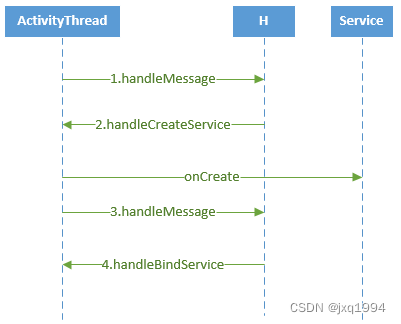
源码

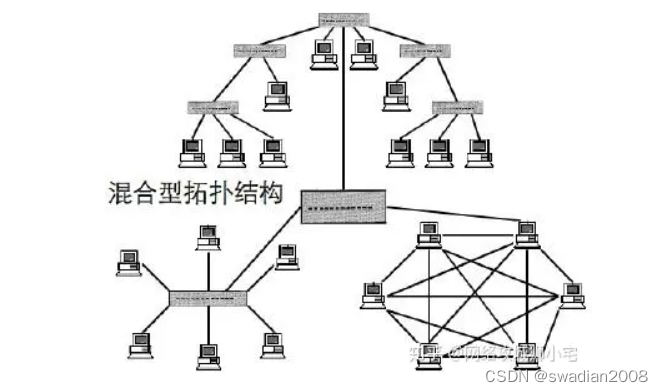
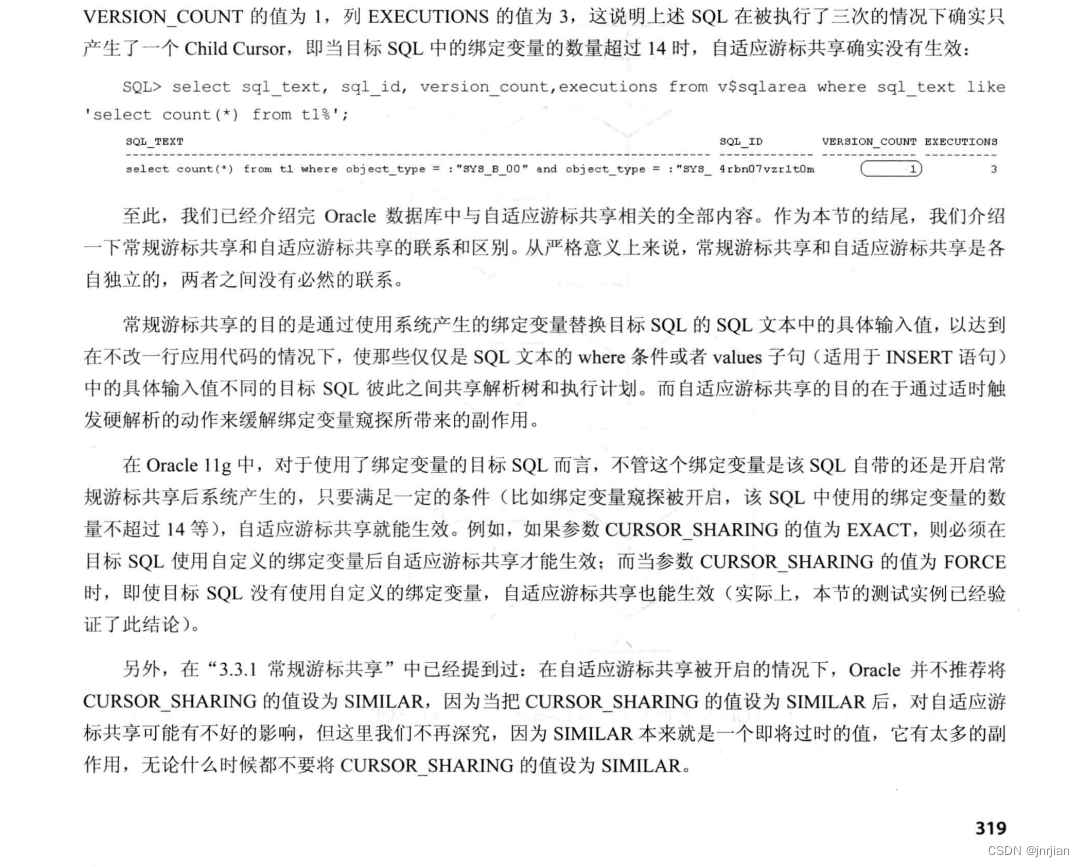



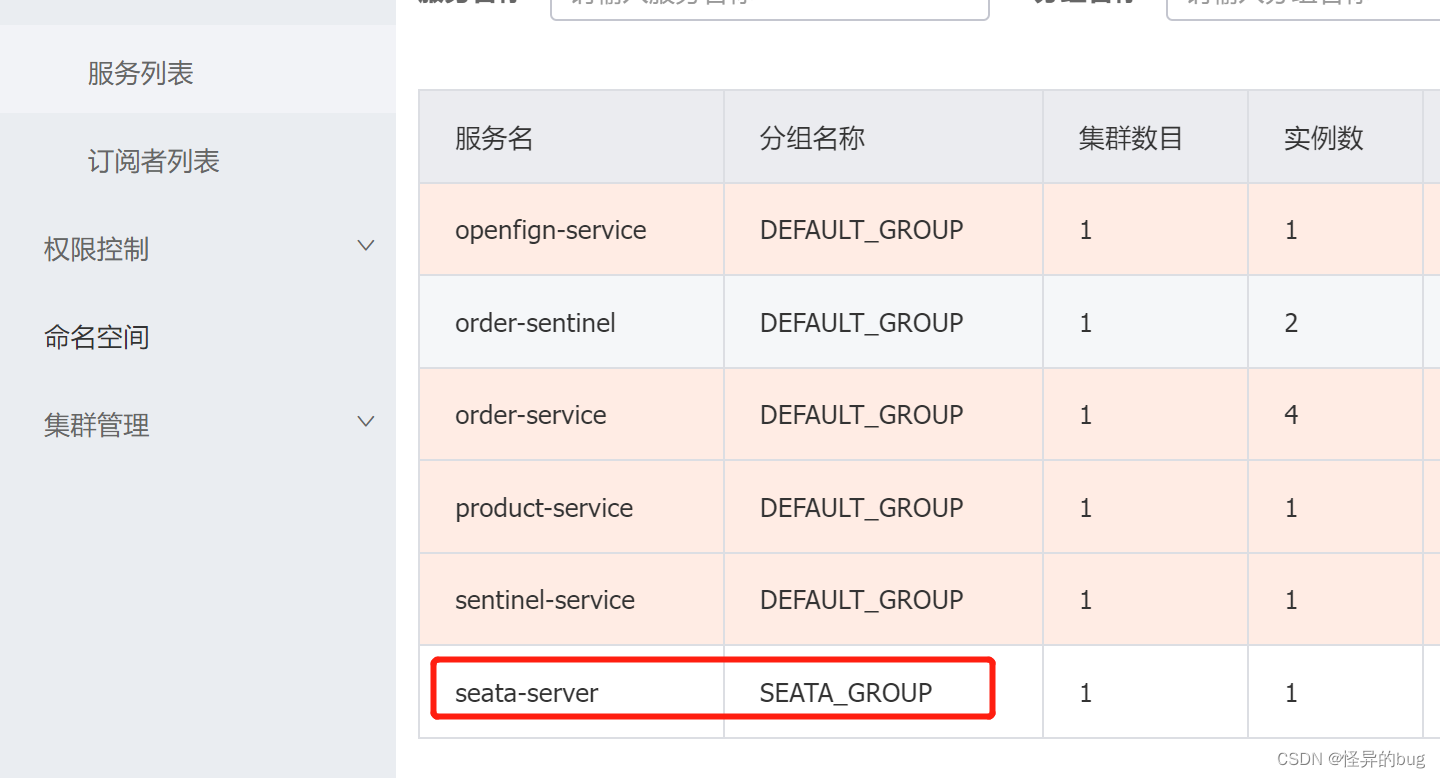
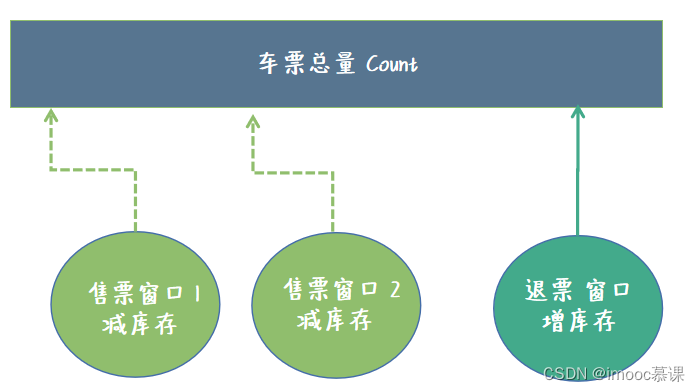

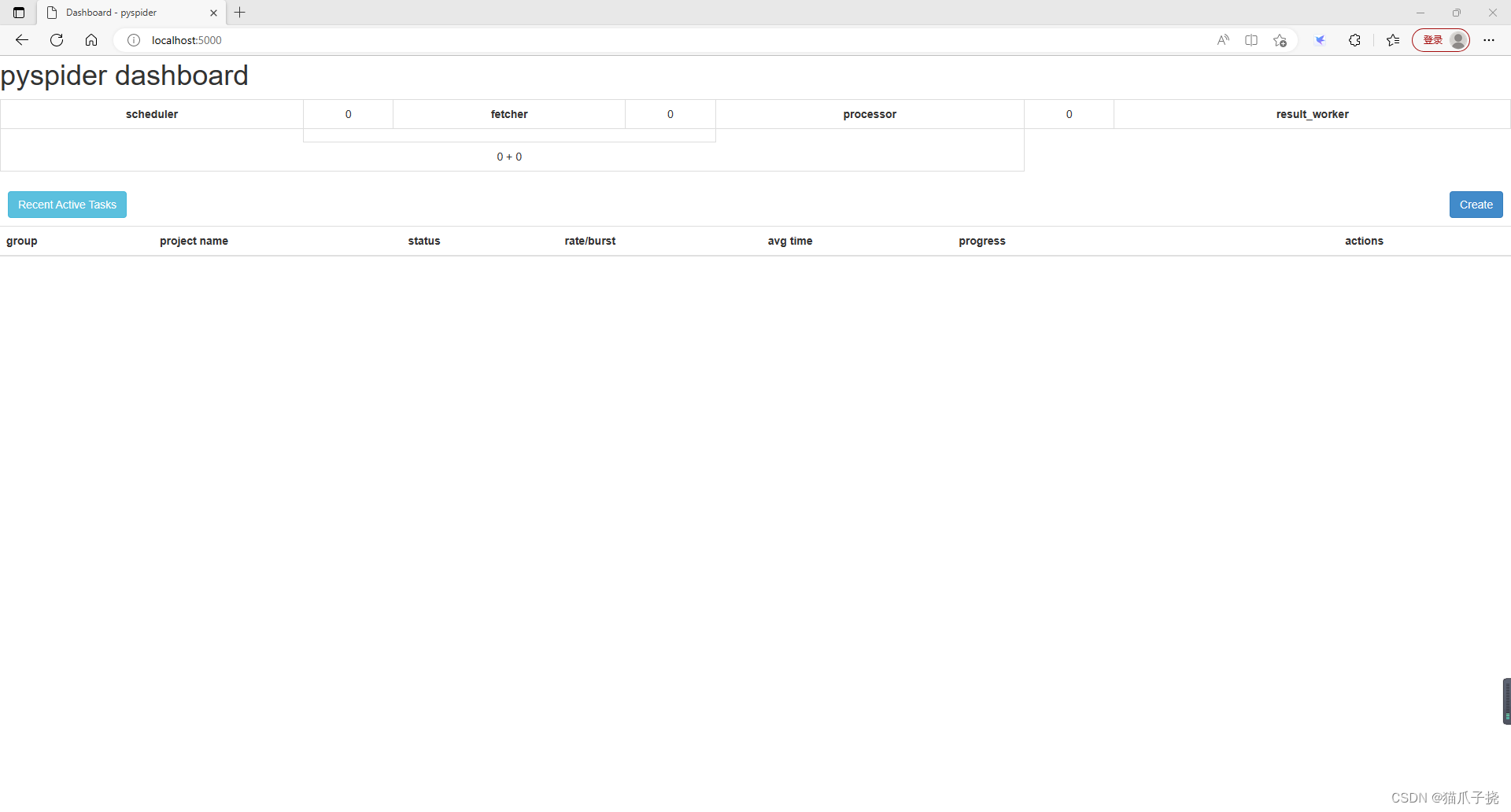

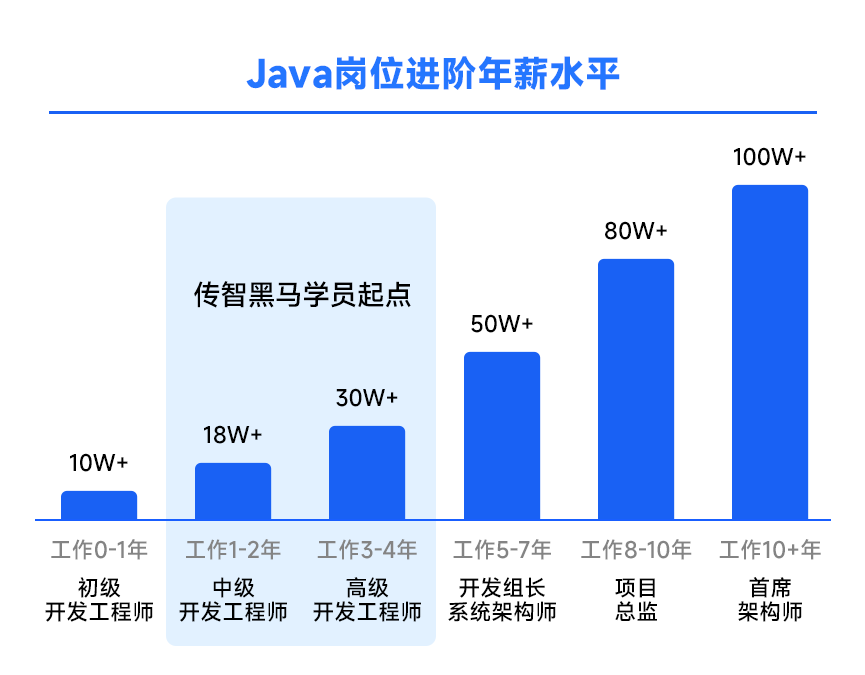



![我的创作纪念日---[需要更开阔的视野!]](https://img-blog.csdnimg.cn/38625f307b724378a51557d73f2be7f7.png#pic_center)


